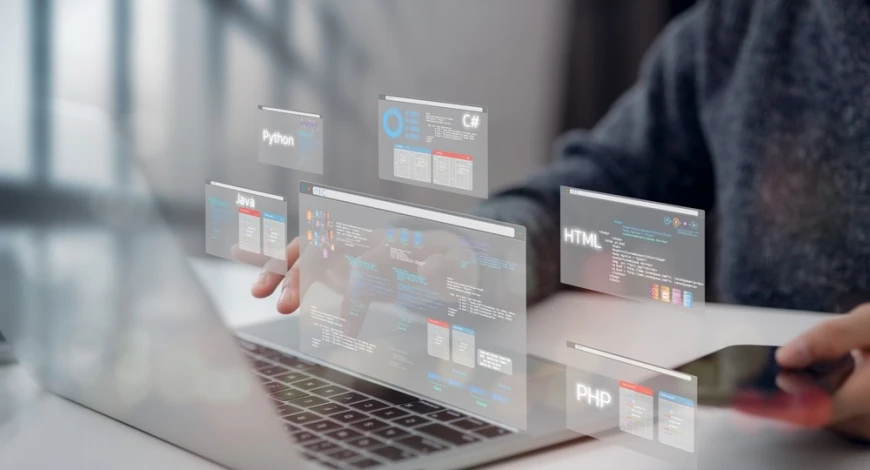Software Quality in Corporate Web Development Projects
Corporate-level web development projects go far beyond visual design—they represent the company’s digital identity and brand credibility. Therefore, software quality becomes a crucial factor that determines success. In this article, we explore the technical, managerial, and architectural dimensions that ensure high-quality software in enterprise-grade web systems.
1) The Importance of Software Quality in Corporate Projects
High-quality software strengthens brand image, ensures data security, reduces costs, and provides a sustainable digital infrastructure. In enterprise environments, software quality is not an option—it’s a necessity for long-term success.
2) Core Quality Criteria in Web Projects
- Code quality: Standardized, readable, modular, and testable code
- Performance: Fast-loading pages, optimized queries, efficient caching
- Security: Data protection and encrypted communication
- Compatibility: Works across browsers, devices, and OS
- Maintainability: Well-documented and scalable architecture
3) Code Quality and Architecture Standards
Scalable systems rely on modular architectures and clean code. Microservices, DDD, and event-driven design are key practices for enterprise-grade systems.
4) Performance Optimization and Scalability
Performance affects both SEO and user retention. Techniques such as caching, CDN integration, lazy loading, and database optimization are essential.
5) Security-Driven Development
Security must be embedded from the start: OWASP Top 10, encryption, token-based authentication, and proactive monitoring are key.
6) Testing and QA
- Unit and integration tests for accuracy
- UAT for validation
- Stress tests for resilience
7) DevOps and Continuous Integration
CI/CD pipelines ensure stability and speed. Automated testing, rollback strategies, and containerization (Docker/Kubernetes) are now standard practices.
8) UX, UI, and Accessibility
High-quality enterprise systems must meet WCAG standards, optimize Core Web Vitals, and deliver seamless responsive design.
9) Documentation and Versioning
Maintain detailed documentation for APIs, architecture, and infrastructure. Use Semantic Versioning and centralize knowledge sharing.
10) Sustainability and Technical Debt
Track and manage technical debt systematically. Regular refactoring and continuous testing ensure long-term maintainability.
In corporate environments, software quality is a long-term investment that drives performance, security, and innovation. Systems built with quality at their core stand the test of time and adapt easily to future technological shifts.
-
 Gürkan Türkaslan
Gürkan Türkaslan
- 4 October 2025, 12:14:34
 English
English



